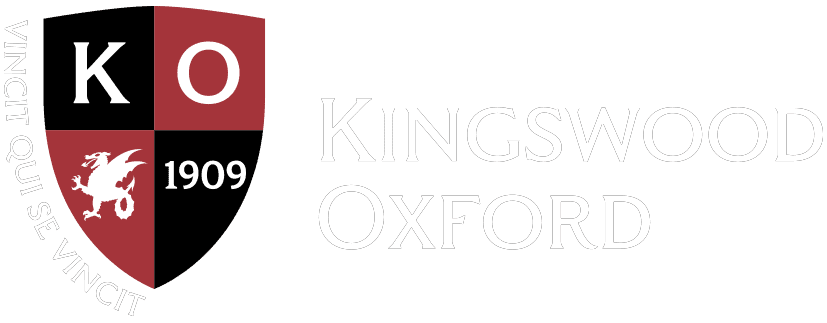September 16, 2019
Creating an Equitable Class to Support Student Ownership
Jackie Pisani, Director of Marketing and Communications
The most important task of a teacher is helping students learn how to learn, not to fill out worksheets and parrot back answers. As educators, the essential question we are all addressing is:
How might I create an equitable classroom culture where student ownership is the norm?
Zaretta Hammond, the author of Culturally Responsive Teaching and the Brain, examines the nexus of brain-based learning and practicing culturally responsive teaching as a means of unlocking the potential of all students, including those traditionally marginalized students who have been left behind due to systemic failures in education.
Hammond makes it clear that her text is not a how-to guide to developing lesson plans on culturally responsive praxis, but rather a means to develop in teachers “a mindset, a way of thinking about and organizing instruction to allow for greater flexibility in teaching.” The ultimate objective of the book is to give teachers specific frameworks and strategies to shift students from dependent to independent learners. Neuroscientists define this recasting as a “productive struggle” where students can expand their cognitive growth or “intellective capacity” so they may attend to higher-level, complex, and analytical skills.
Hammond organizes her methodology in a “Ready for Rigor” framework of four interdependent areas for teachers to create a learning environment where students are both nurtured and challenged simultaneously.
Awareness
Every teacher comes to the classroom with a predisposed set of ideas and values. Without judgment, Hammond asks teachers to reflect on the biases they may carry, situate themselves within the cultural framework and open their aperture to the various identities of students in their class. By understanding themselves, teachers can recognize and mediate their own emotional responses to situations in the classroom.
Learning Partnerships
Teaching is a relational process — a daily trust-building exercise between the teacher and the student. Only through this meaningful and real reciprocal exchange can a student’s brain become more wired to learn, receive feedback and follow through with it to build their intellective capacity. Students accept constructive criticism and rise to a challenge from those they know who have their back.
Information Processing
Information processing is the ability to acquire information, expand upon and store that knowledge, and apply it in various settings. A culturally responsive teacher designs lessons so that a student can move through each of these stages. Our backgrounds, traditions, and customs influence how the brain takes in information. For instance, those students from oral-based cultures process information better with call and response strategies, music, and talk activities.
Community Building
Each student feels safe, comfortable, and supported when taking a risk since their value and sense of belonging is embedded in a culturally responsive class. Whether through locating universal signs and symbols or establishing class routines, teachers can create a positive environment in which all students can learn to take more ownership.
After reading Hammond’s book, the faculty at Kingswood Oxford chose the Collaborative Learning Group that best matched their pedagogical interest for professional development. The groups are Collaborative Learning, Project-Based Learning and Authentic Application, Feedback, and Student-Led Discussions as well as a group that will take a deeper dive into all four elements of the Ready for Rigor Framework. Using this book as a resource that grounds our work in neuroscience and culturally responsive pedagogy, we can widen our cultural lens and measure the impact in the classroom and examine the data to make shifts in our teaching practice.
Thinkers
Blog Main News
